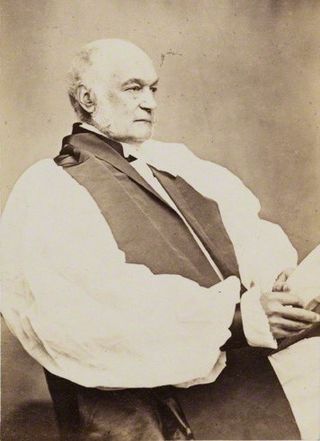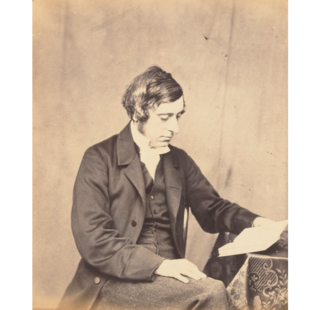History
A church in Berwick Street (at coordinates 51°30′47.0″N0°8′4.2″W / 51.513056°N 0.134500°W ) was opened in 1689. It was one of two non-conforming churches in London known as La Patente (the other being in Spitalfields), a licence having been granted by James II to a group of French church ministers to establish churches for Huguenot refugees in London. When in 1694 ministers and congregation moved to a new building in Little Chapel Street (now Sheraton Street), three ministers and part of the congregation remained, the church being known as L'Ancienne Patente or La Vieille Patente. [1]
In 1707, when there was no longer a congregation, it was proposed by the rector of the vestry of St James's parish that the building be purchased and made into a chapel of ease for the parish. The chapel, which may have been rebuilt, was completed the following year. There were repairs in the 1760s, and in 1766 the chapel acquired the organ from Tenison Chapel in King Street. The freehold was purchased in 1801. [1]
Nineteenth and twentieth centuries

The Church Building Commissioners were consulted about a proposal to erect a new chapel elsewhere, since by 1833 the district was judged to be no longer respectable. The Commissioners stipulated that they would assist only in building a new church on the existing site. This was carried out: the freehold was conveyed to the Commissioners in 1835, and on 15 March 1838 Thomas de Grey, 2nd Earl de Grey laid the first stone. The new church, designed by Edward Blore and dedicated to St Luke, was consecrated on 23 July 1839. [1]
An ecclesiastical district of St Luke was established in 1841. Because of the poverty of the area, pew rent was abandoned by 1863. The district became in 1935 part of the neighbouring parish of St Anne; the church was demolished the following year. [1]
Kemp House, a 14-storey residential block built in 1960, now stands on the site. [1] [2]











